
Owning a log home is a dream for many, offering rustic charm and natural beauty that stands out from traditional houses. However, keeping a log home requires unique care to ensure it remains strong, weather-resistant, and visually appealing for decades. Unlike conventional homes, log homes are more susceptible to moisture damage, insect infestations, and UV exposure, making regular maintenance essential.
In this guide, we’ll walk you through the critical steps for maintaining your log home in top condition, from routine inspections to deep cleaning and preservation techniques. One crucial aspect of upkeep is log home caulking, which helps seal gaps, prevent water intrusion, and improve energy efficiency. Whether you're a seasoned log homeowner or a new buyer, these tips will help you extend the life of your home and keep it looking pristine.
Routine Inspections: The Foundation of Log Home Maintenance
Regular inspections are important to catching minor troubles earlier than they become high-priced upkeep. Ideally, you must look at your log domestic twice a year—once in the spring and once more before wintry weather. Here’s what to search for:
Cracks and Gaps: Logs naturally amplify and settle with temperature changes, leading to small cracks. While hairline cracks are regular, large gaps need to be full of caulk or chinking to save you from moisture intrusion.
Insect Damage: Termites, carpenter bees, and timber-dull beetles are commonplace threats. Look for small holes, sawdust, or tunnels inside the timber. If detected, observe insecticide treatments or contact an expert.
Moisture Issues: Check for symptoms of water harm, which include tender or darkened wood. Ensure gutters and downspouts are directing water far away from the foundation to prevent rot.
UV Damage: Sun exposure can motivate logs to vanish and dry out. If the timber appears gray or brittle, it could want a clean coat of stain and sealant.
Cleaning Your Log Home: Removing Dirt, Mildew, and Stains
Over time, dust, pollen, mold, and mildew can gather at the surface of your logs, leading to discoloration and decay. Here’s how to properly clean your log domestic:
Choose the Right Cleaning Solution: Use a mild detergent mixed with water, a specialized log purifier, or an aggregate of white vinegar and water. Avoid harsh chemicals that might damage the timber fibers.
Use a Soft Brush or Low-Pressure Washer: Scrub the logs gently with a gentle-bristle brush or use a pressure washer on a low place (underneath 500 PSI). High strain can force water into the logs, main to mold increase.
Rinse Thoroughly: After scrubbing, rinse the logs with smooth water and allow them to dry absolutely before making use of any remedies.
Apply a Borate Treatment: Borate is a wooden preservative that protects against insects and fungal increase. Consider making use of a borate solution after cleansing to prevent future infestations.
Staining and Sealing: Protecting Your Logs from the Elements
Staining and sealing are critical steps in log domestic preservation. An excellent stain complements the wood’s herbal beauty at the same time as presenting UV and moisture safety. Follow those steps to well stain and seal your house:
Choose the Right Stain: Use an outstanding, breathable stain specially designed for log homes. Oil-based stains penetrate deeply into the wood, while water-based stains are less difficult to apply and environmentally friendly.
Apply Stain Evenly: Use a brush, sprayer, or curler to use the stain calmly, following the wooden grain. Avoid applying stains in direct sunlight to prevent uneven drying.
Seal the Logs: After staining, practice a clean topcoat or sealant to shield the logs from moisture, UV rays, and mildew. Reapply every 3–to five years for maximum protection.
Chinking and Caulking: Keeping Your Home Airtight
Chinking and caulking are critical for sealing gaps among logs, stopping drafts, and improving energy performance. Here’s a way to maintain these defensive barriers:
Inspect for Cracks: Check for cracks wider than 1/4 inch. Small cracks may be left by myself, but larger ones need to be sealed to prevent water infiltration.
Use the Right Materials: Chinking is bendy and lets in logs to amplify and contract, even as caulk is used for smaller gaps. Choose a product designed for log houses.
Apply in Dry Conditions: Ensure the surface is clean and dry before making use of chinking or caulk. Smooth it with a trowel or damp sponge for an unbroken end.
Preventing and Managing Log Rot
Log rot is one of the maximum substantial threats to a log home. Preventing it requires proper drainage, recurring inspections, and well-timed upkeep.
Ensure Proper Drainage: Keep gutters easy and direct water far away from the foundation. Install extended downspouts and use gravel or landscaping to save you water from pooling near your house.
Address Rot Immediately: If you note soft, crumbling, or discolored wood, remove the affected segment and deal with it with a wooden hardener or epoxy filler. Severe cases can also require a log substitute.
Maintain Overhangs and Eaves: Large overhangs assist defend the logs from immoderate rain exposure. Trim nearby trees to prevent moisture buildup.
Seasonal Log Home Maintenance Tips
Different seasons deliver unique upkeep wishes. Here’s a breakdown of seasonal responsibilities to hold your log domestic in top shape:
Spring: Clean logs, look for iciness damage, and take a look at mold or mold.
Summer: Restain and seal logs, investigate chinking, and trim trees or plants around your private home.
Fall: Check gutters and downspouts, make sure windows and doors are sealed, and look for insect activity.
Winter: Keep snow off logs, monitor indoor humidity stages to prevent excessive log shrinking, and investigate for drafts.
Conclusion
Maintaining a log home requires dedication, but with the right approach, you can preserve its beauty and structural integrity for years to come. Regular inspections, proper cleaning, timely sealing, and preventative measures against rot and insects will help protect your investment. One crucial aspect of upkeep is log cabin rotten log repair, which ensures that damaged logs are replaced or restored before they compromise the home’s stability.
By following this comprehensive guide, you can ensure your log home remains a cozy and secure retreat for generations. Remember, a well-maintained log home isn’t just about aesthetics—it’s about longevity, efficiency, and preserving the charm that makes log homes so unique. Take the time to care for your home today, and it will reward you with warmth and comfort for many years to come.
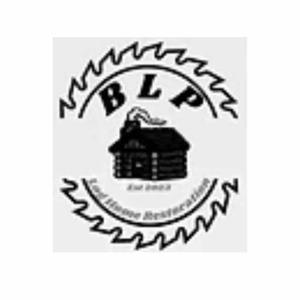
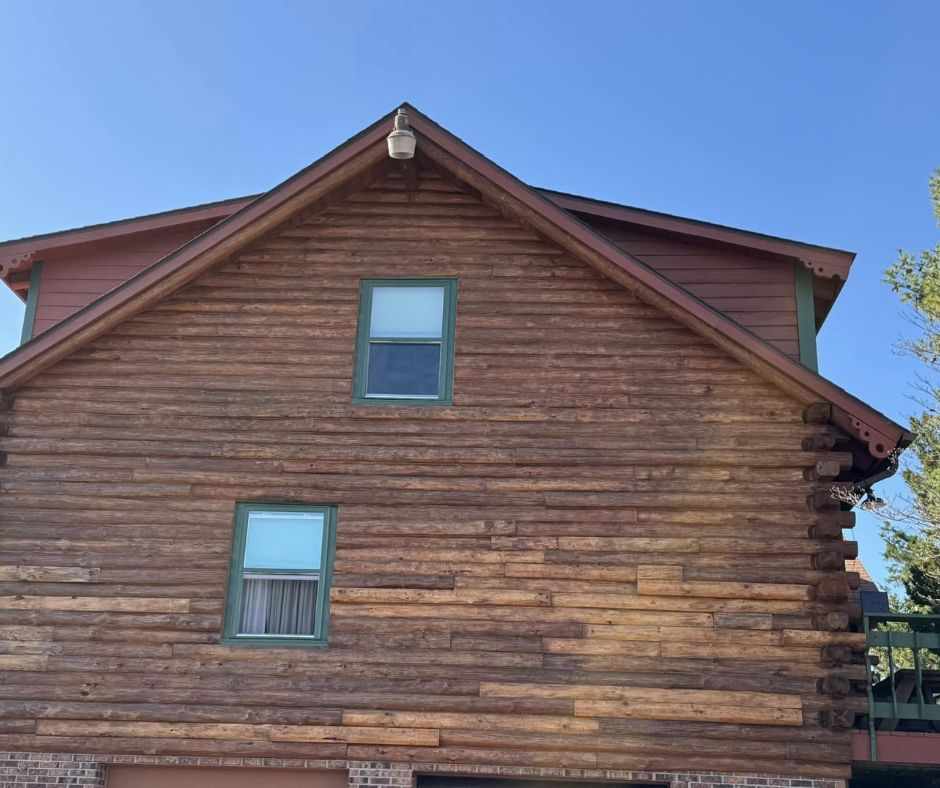
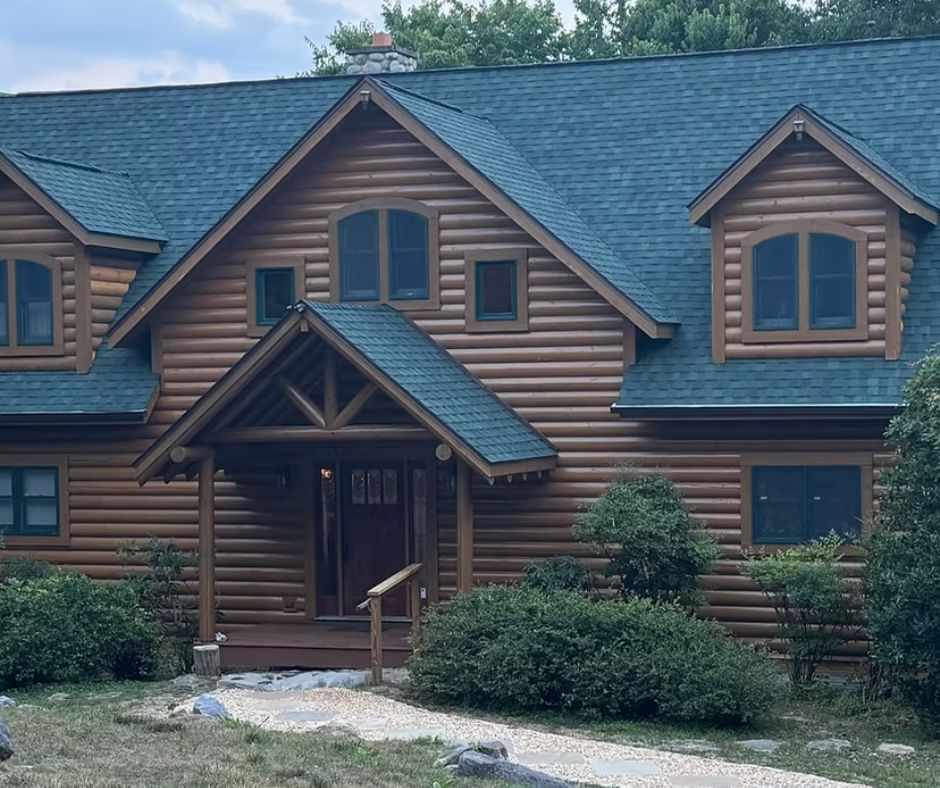

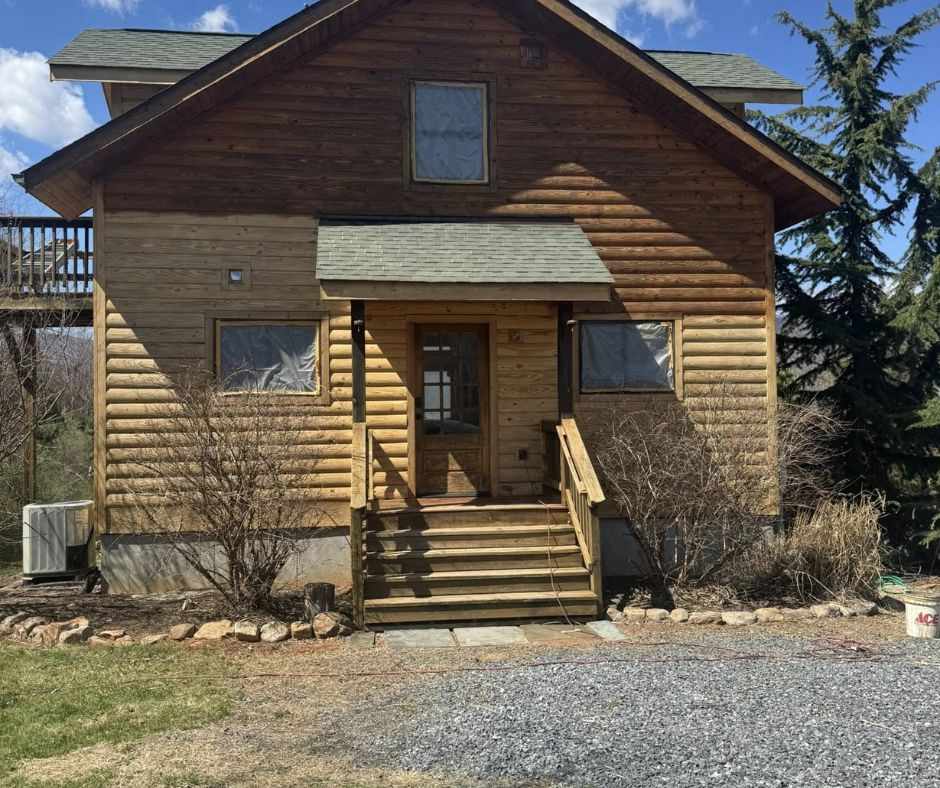
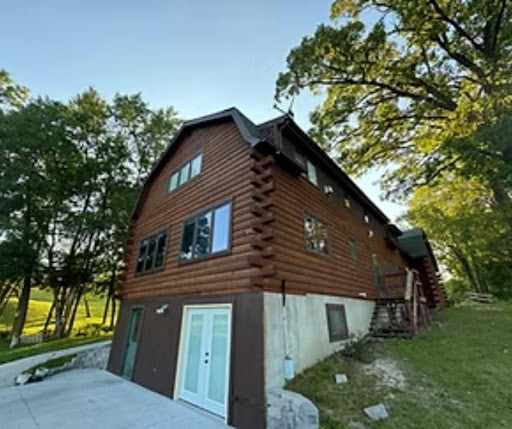
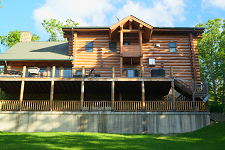
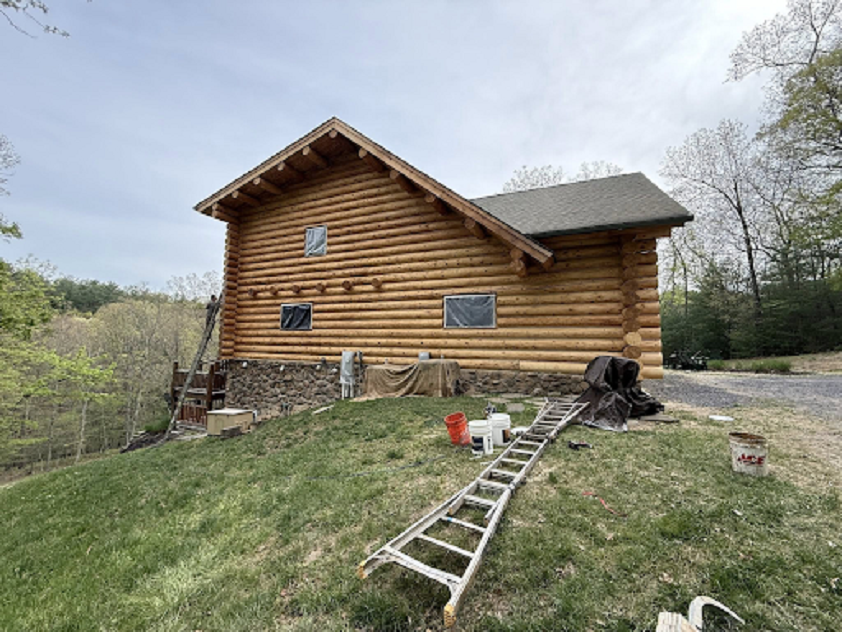
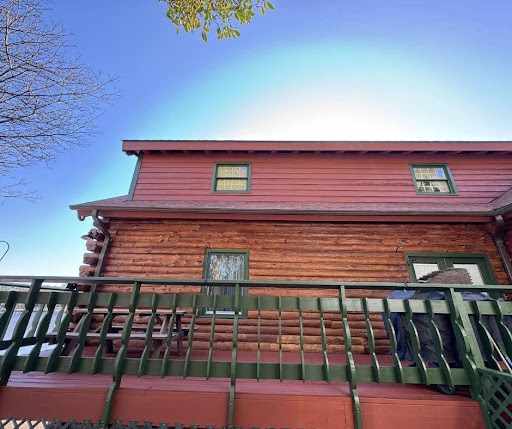

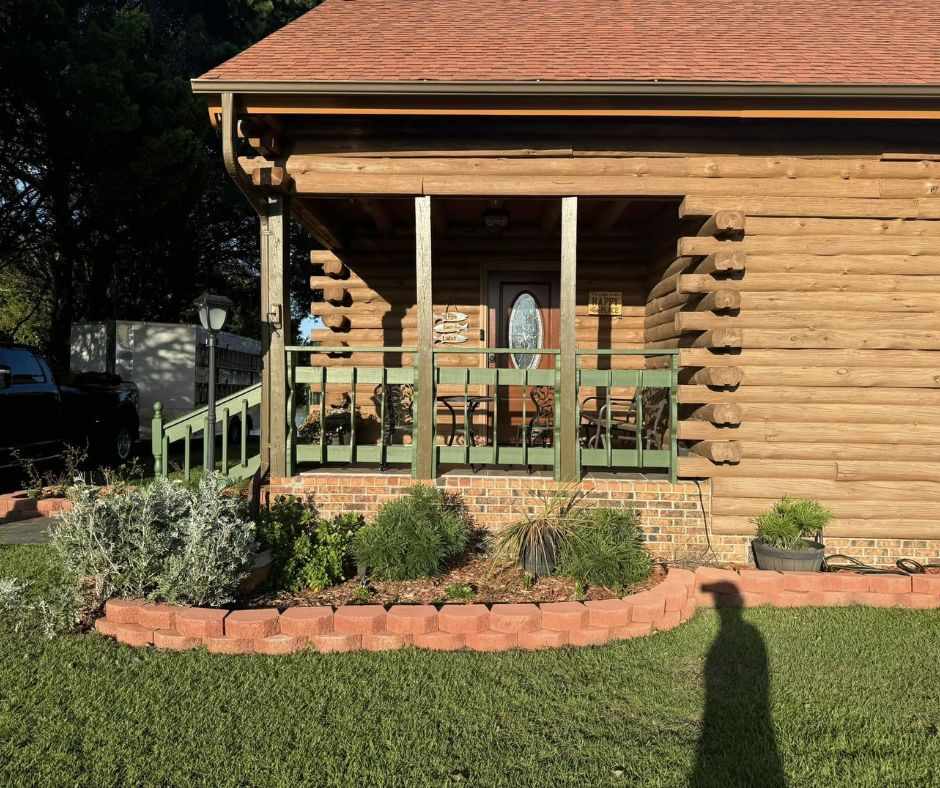
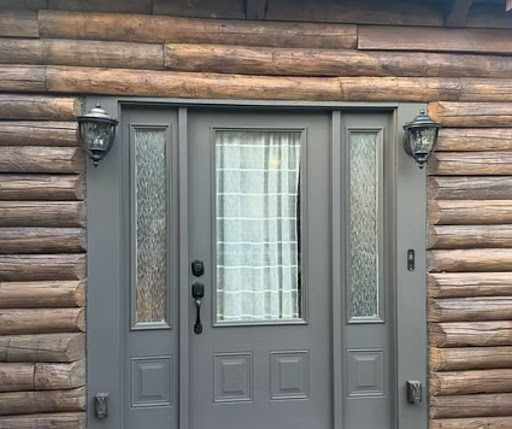

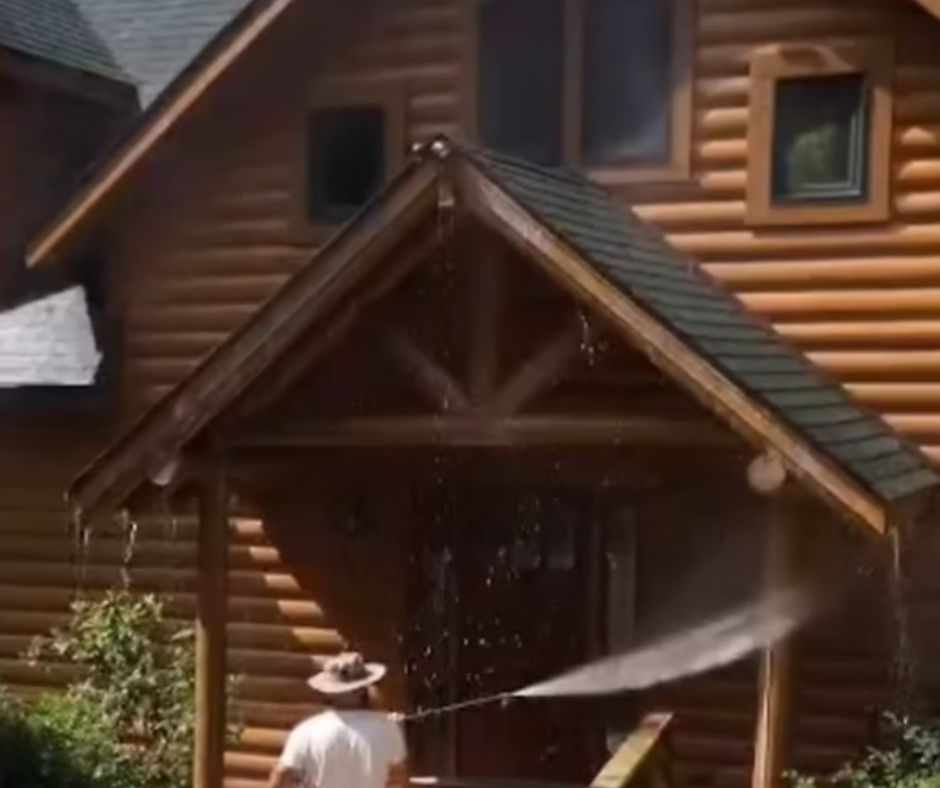
Write a comment ...